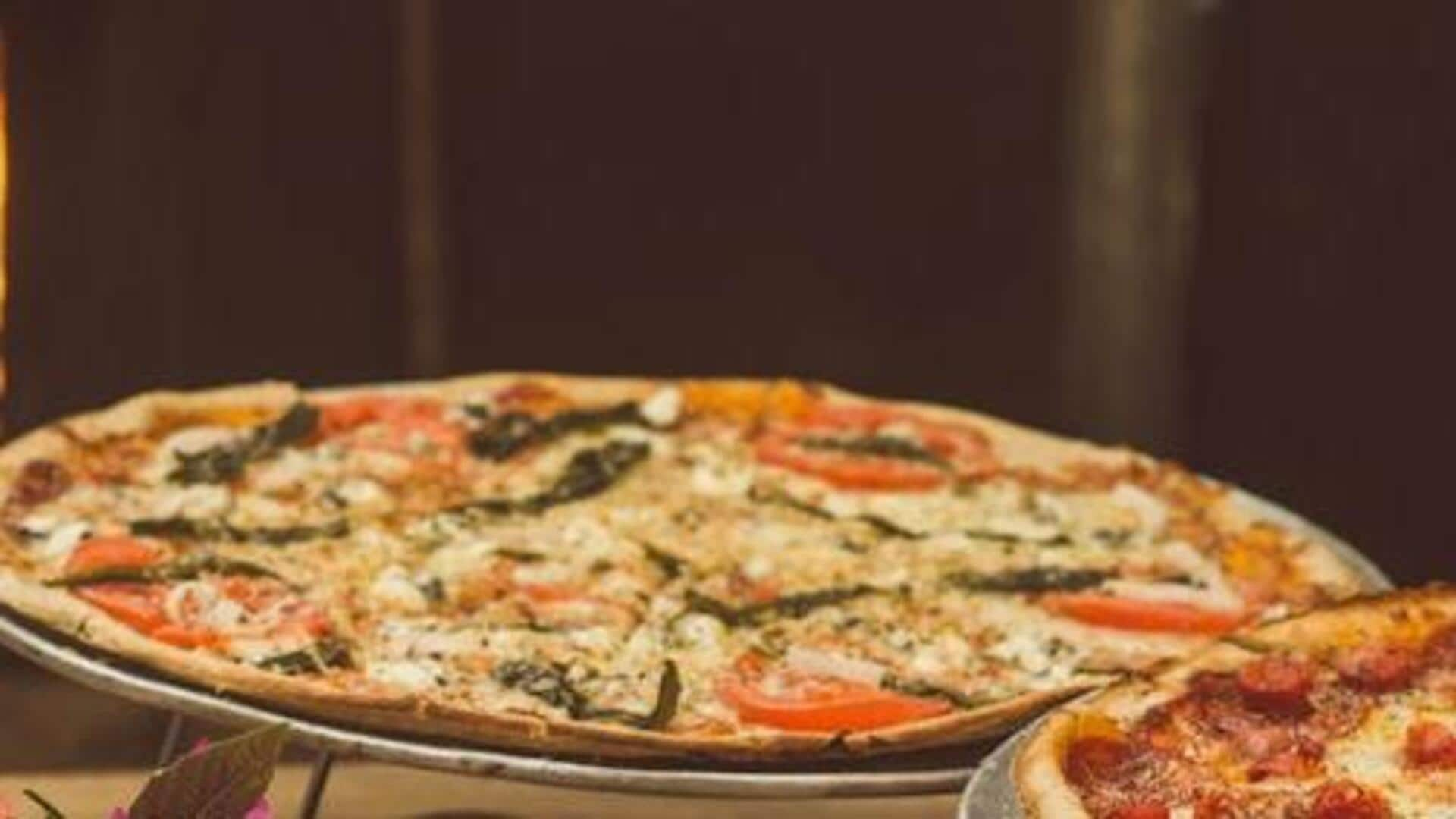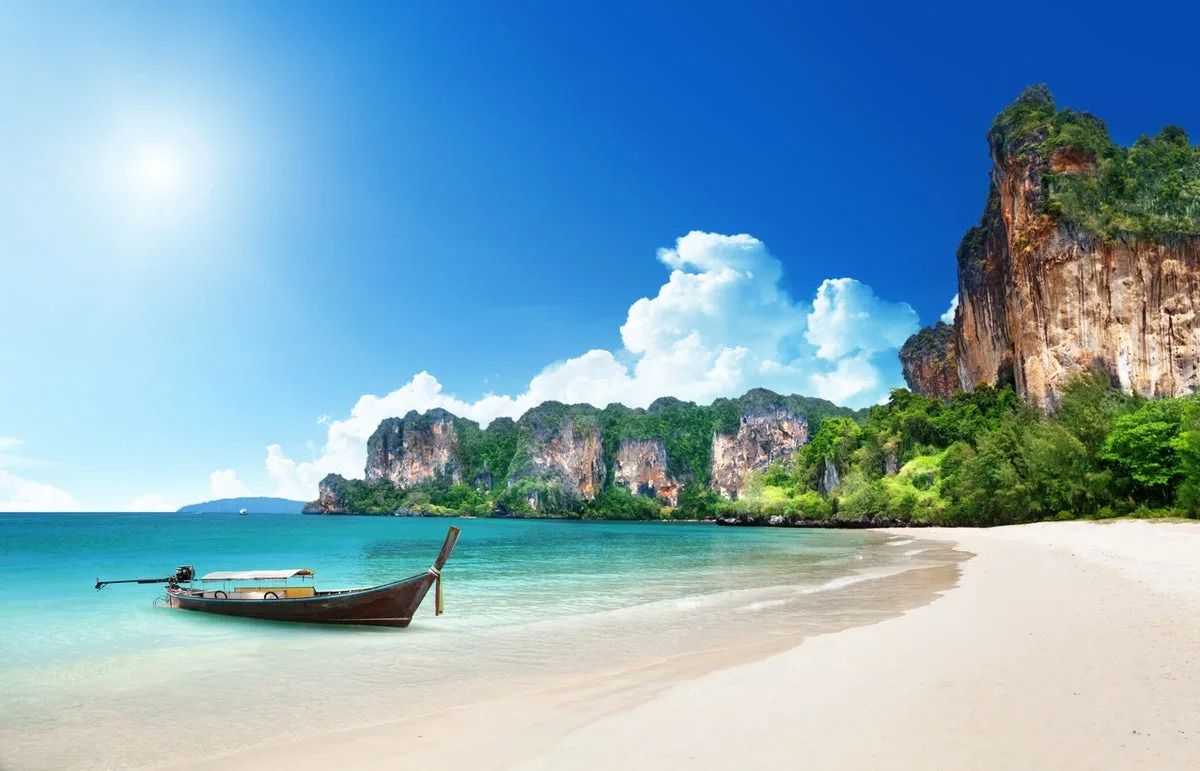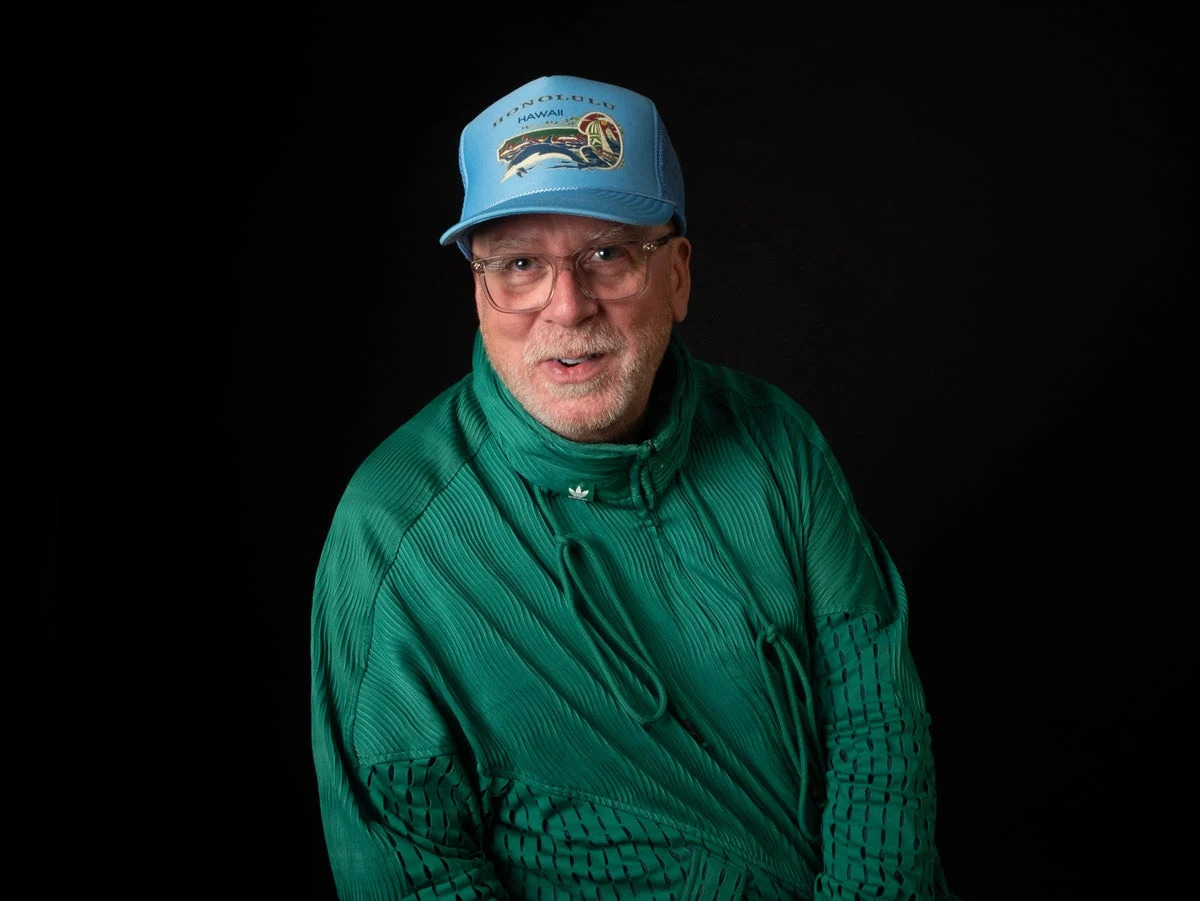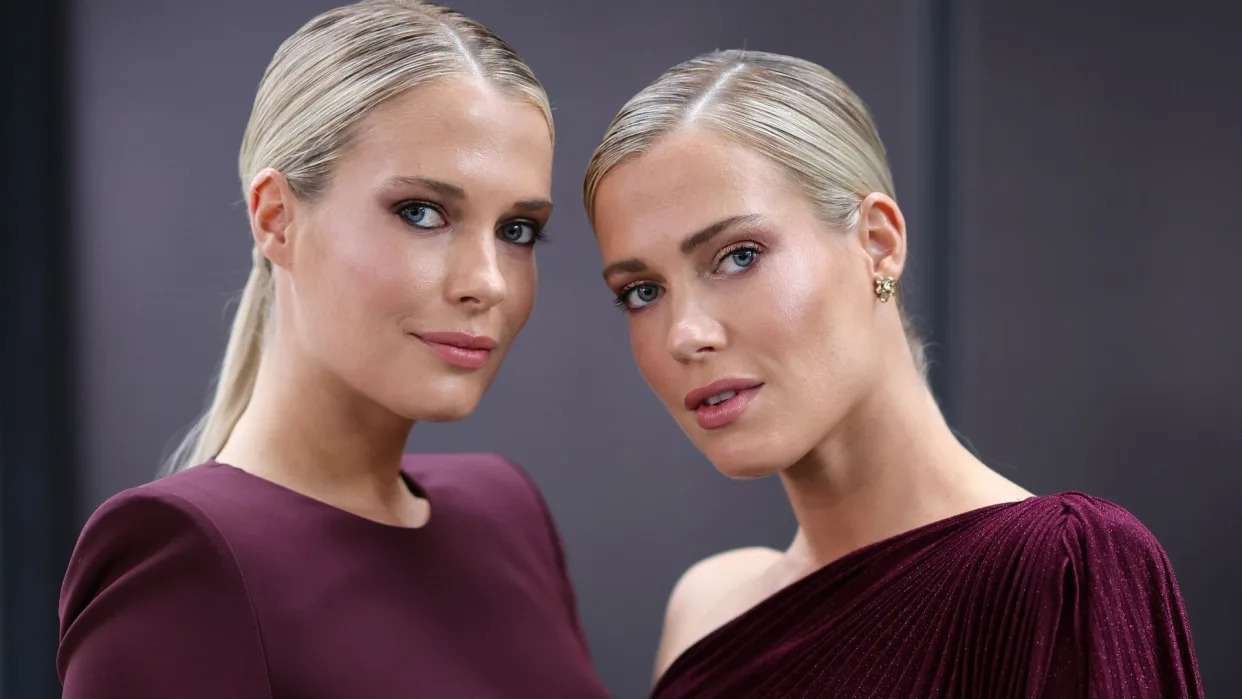Gadaladeniya is a temple complex atop a rock outcrop, which was built during the reign of Bhuvanekabahu IV (1341- 1351AD). At the entrance are figures of musicians and dancers, and at the foot of the steps to the main shrine, there is a moonstone and two ‘gajasingha’ (elephant-lion) balustrades. There are some discoloured paintings that are Indian in style.
The image house has a seated Buddha statue and a Vishnu devale is on one side of the entrance Sri Lanka is embellished by countless viharas and devales – the temples that represent Buddhism and Hinduism. Not surprisingly, there are many such places of spiritual concentration around Kandy. With fine architecture, striking murals, colourful history and extraordinary atmosphere, these temples – often set in delightful countryside – provide opportunities for some remarkable excursions.

Having visited the Sri Dalada Maligawa, the Temple of the Sacred Tooth Relic in Kandy, I had an opportunity to visit a few remarkable historical temples scattered around Kandy during my visit to Senkadagala or Mahanuwara (Great City). Below I detail five places of spiritual and architectural significance within fairly easy reach of Kandy. Individually or in clusters (for instance Embekke, Lankatilaka and Gadaladeniya comprise the tour known as the three-temples loop), these places make for interesting excursions from Kandy.
Starting my journey, I first visited Gadaladeniya, a temple complex atop a rock outcrop, which was built during the reign of Bhuvanekabahu IV (1341- 1351 CE). At the entrance are figures of musicians and dancers, and at the foot of the steps to the main shrine, there is a moonstone and two ‘gajasingha’ (elephant-lion) balustrades. There are some discoloured paintings that are Indian in style.
The image house has a seated Buddha statue and a Vishnu devale is on one side of the entrance. Lankatilaka Vihara My second visit was to the Lankatilaka Vihara – the name means ‘The Crown of Lanka’ –on a rocky outcrop where there are inscriptions by King Bhuvanekabahu IV (1341-1451 CE) and King Vikramabahu III (1357-1374 CE) recording the building of the temple. When a bhikkhu reported the sight of a golden vase floating on the surface of the nearby tank, the King took this as an auspicious sign and had the temple built.
The present building of two storeys was originally four storeys high. It was renovated and the tiles roof added in 1845. Even from a distance, you can see this elegant roof standing out at the end of the rock.
The temple, which is approached by long flights of steps cut in the rock, is a buduge or image house with a Buddha statue. It also has a devale with five Hindu or local deities. Ganesh and Skanda are represented in the niches facing East, while deities Saman, Vishnu and Vibishana face the North, West and the South.
The inner image house contains fine gold-plated images of the Buddha. The walls and the ceiling are covered with well-preserved frescoes, some of the oldest and best examples of the Kandyan style. The image house of the Lankatilaka Vihara The Embekke Devale which is dedicated to God Skanda, the Kataragama deity and is famous for its woodcarvings, was my third place on the same road.
The devale is believed to have been built by King Wickramabahu III of Gampola (1357-1374 CE). A timbered roof of massive proportions is supported by finely carved wooden pillars, their panels displaying a variety of figures – swans, double-headed eagles, lions, wrestlers, soldiers, dancing girls, musicians and others. These pillars are said to have originated in the palace of the royal city of Gampola, which was demolished though, the art of wood carving is still very much alive.
To visit the Galmaduwa temple, I travelled eight kilometres North of Kandy on the Kundasale road. The Galmaduwa Vihara is of interest as it exhibits features not found in other buildings of the Kandyan period. Beautiful cave temple For instance, encircling the dome is a structure consisting seven diminishing storeys, revealing a Tanjore influence, while around this is a rectangular wall with arches that have a Western influence.
There would have been an even older dagaba on this site before the Galmaduwa Vihara was built. My final stop was the beautiful cave temple of Degaldoruwa which is just one kilometre away from the Galmaduwa Vihara on a same road. This cave temple built by King Kirti Sri Rajasingha (1747-1780 AD), has large recumbent and seated Buddha statues in a cave.
The walls and the interior of the cave are decorated with beautiful paintings of Jataka stories of the Buddha’s previous lives, into which are worked scenes of court, village and monastic life. These murals, executed by a local artist, Silvatenne Unnanse, are a remarkable depiction of the customs, manners and social conditions of the period. Except these prominent historicalsites, there are many more fascinating spiritual places around Kandy.
A person would not be able to explore these sites within a day. However, if you are really keen to see these historical places, you must stay a few days in Kandy..



















